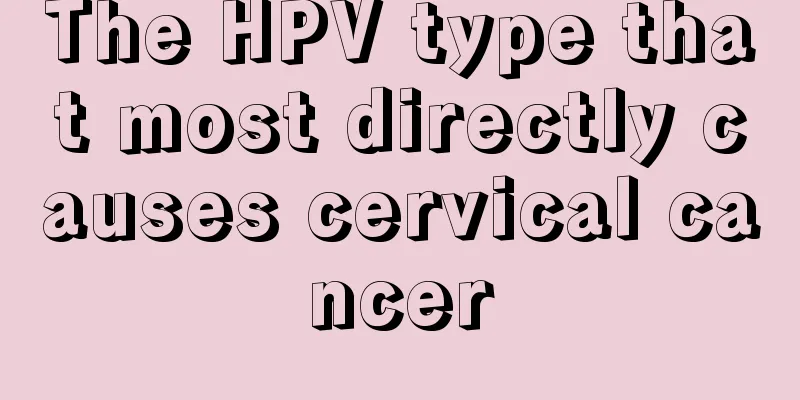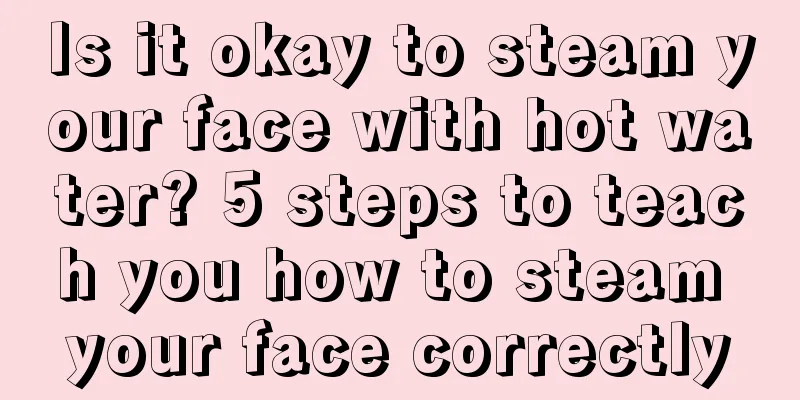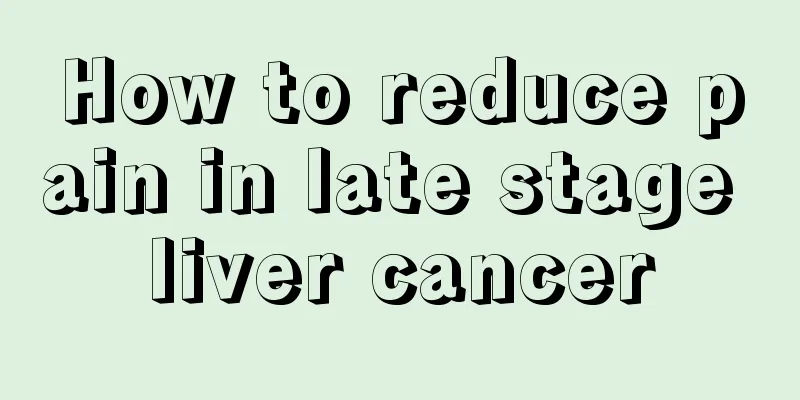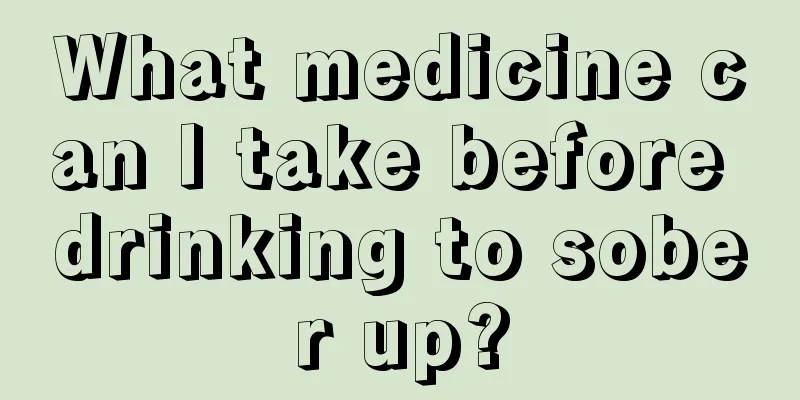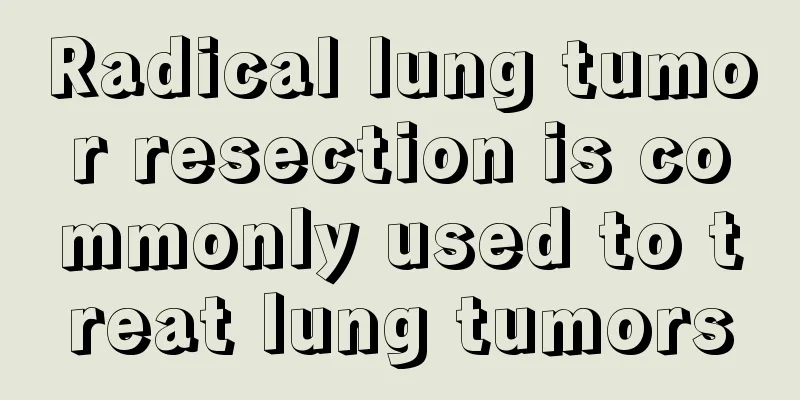How to treat spinal diseases quickly and self-effectively?

|
The spine is a very important bone tissue, because the spine bears the weight of the entire upper body, and the spine plays an extremely important supporting role in people's activities such as standing and walking. However, spinal disease is also a common disease, which has a great impact on people's body and life. Let's take a look at the explanation of how to quickly treat spinal disease by self-treatment. I hope you can understand it. For patients with spinal diseases, the bones, intervertebral discs, and ligaments of the spine are diseased, which compress and stimulate the spinal nerves, blood vessels, and autonomic nerves, resulting in many different symptoms. Incorrect posture, genetic factors, psychological factors, occupational factors, etc. may all cause people to suffer from spinal diseases. Quick-acting self-treatment for spinal diseases is indeed a good method, but it is not necessarily the case that this method can cure all spinal diseases. Also, please note that as long as spinal diseases compress the nerves, it is best to have surgical treatment, otherwise it may cause paralysis. Step 1: Side-lying rotation Lie on your left side, straighten your left leg, bend your right leg, put your right hand on your waist, and rotate your upper body forward and backward with a large range of motion to fully rotate your waist. After turning over, turn your body in the same way, 3 to 6 times on each side. Step 2: Shoulder Press Lie on your back, place your arms flat on the bed, bend your elbows, place your hands in front of your chest, and when you turn your head to the right, push your right shoulder forward with force (without leaving your right elbow off the bed), and turn your head to the left. Push your left shoulder in the same way, 3-6 times on each side. (Those with morning stiffness or numbness in both hands can do this exercise more often; those with periarthritis of the shoulder can add shoulder shrug and shoulder shaking movements, and then press the painful point on the supraclavicular fossa a few times. Step 3: Pinch the back of the neck Lie on your back or side, support your head with one hand, and place the other hand on the back of your neck. Use your 2nd, 3rd, or 4th fingers and the palm to pinch the back of your neck. When your fingers touch the swollen, painful, or protruding vertebral joints, you can stop there and pinch them a few more times. Move your neck back and forth 2-3 times from top to bottom and from bottom to top on both sides, until you feel comfortable turning your neck left and right. Step 4: Tilt your head back and shake it Lie on your back, taking the right side as an example, support the back of the head with your left hand, turn your head 30 degrees to the right, support your lower jaw with your right palm, and point the fingers of your right hand to your right ear. Use short force to push your lower jaw upward with your right hand to tilt your head back and straighten it to the upper right, do this 2-3 times each time. Switch positions of both hands and repeat the same procedure. (If you have numbness and pain on one side of your head and neck, or a stiff neck, do the healthy side first, then the affected side.) |
<<: How to correct scoliosis yourself?
>>: What should I do if my spinal herniation compresses my nerves?
Recommend
Can I eat fruit right after having an abortion
Abortion surgery is very harmful to the female bo...
Can alcohol cause primary liver cancer? Key points to note when caring for liver cancer
Liver cancer is a type of cancer that causes grea...
What exercise helps prostate cancer
Exercise therapy for prostate cancer can mainly p...
What symptoms can artificial hearts treat?
With the development of modern medical technology...
Is it okay to get eyebrow tattoo during menstruation?
Women are a group that loves beauty very much in ...
What are the characteristics of a grand mal seizure
Epilepsy is divided into major seizures and minor...
What is nasopharyngeal cancer
What is nasopharyngeal cancer? The incidence of n...
What are the clinical indicators of liver cancer cure? There are three clinical indicators of liver cancer cure
To determine whether liver cancer is cured, the f...
What are the symptoms and treatments of sinusitis
Because of changes in our living environment, cha...
Analyze what is sinus arrhythmia?
If you want to solve the problem of relieving sin...
Why do I have great skin right after waking up
People who have observed carefully will find that...
What are the early symptoms of brain tumors
Brain tumor is a type of malignant tumor located ...
Can color Doppler ultrasound preliminarily rule out lymphoma?
Color Doppler ultrasound can be used as a prelimi...
2 drugs that may cause bladder cancer
One of the causes of bladder cancer is drugs. The...
What is Keshan disease? Common symptoms of Keshan disease
Common symptoms of Keshan disease include dyspnea...

